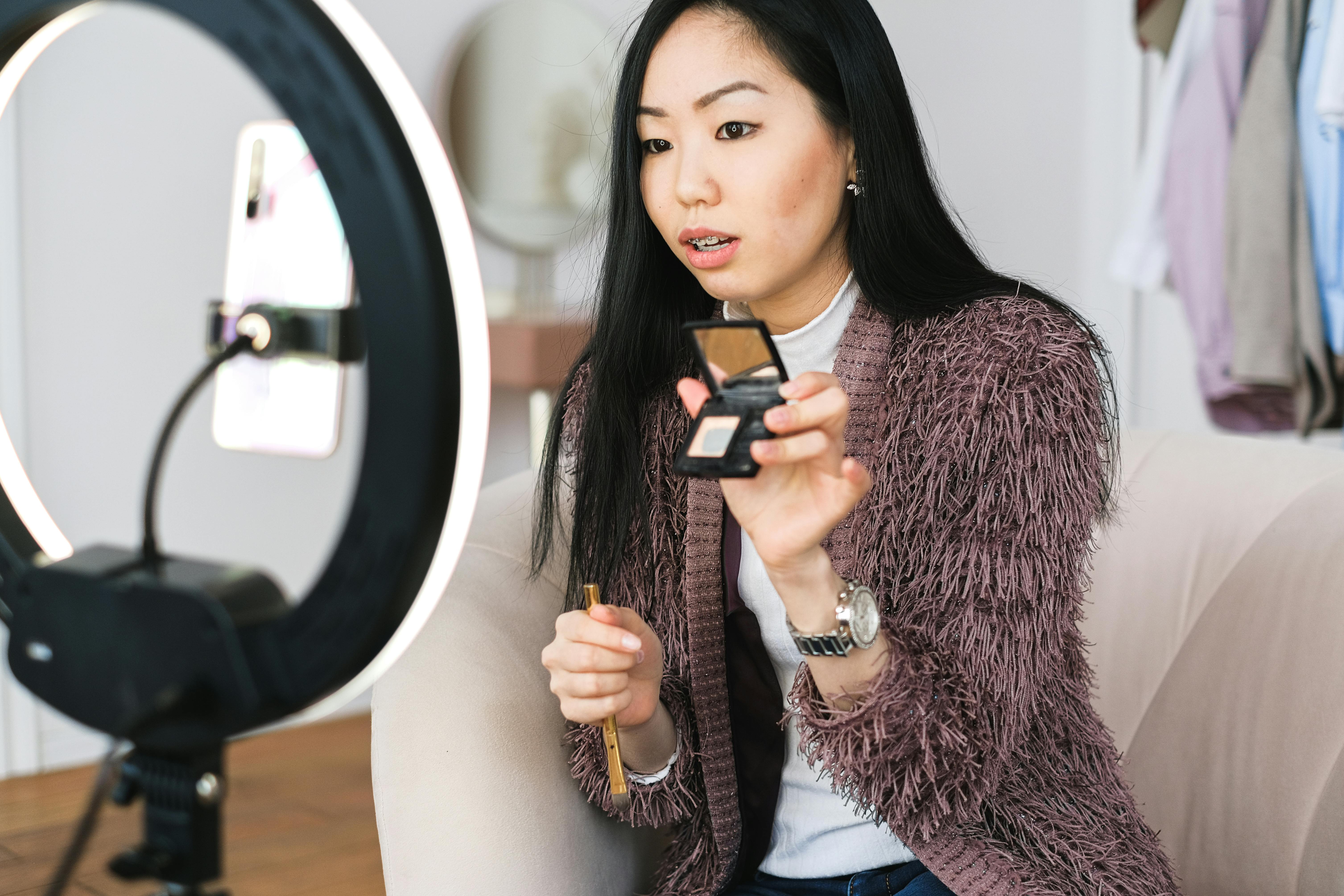Smart Ways to Soak Off Acrylic Nails at Home in 2025
Soaking off acrylic nails at home has become a popular practice for nail enthusiasts seeking convenience and cost-effectiveness. Understanding how to soak off acrylic nails properly ensures the safe removal of artificial nails without damaging your natural nail bed. There are various methods and tools available, including the nail acetone soak method, cotton balls, and even home remedies. In this guide, we will explore effective soak-off methods, tips for maintaining nail health, and aftercare to keep your nails looking and feeling great post-removal.
With these smart home techniques, you can confidently tackle acrylic nail removal on your own. We will cover the best practices for nail care during the soak-off process, how to prepare your nails, and the importance of using the right products. By the end of this article, you will be equipped with practical tips and techniques to make the acrylic nail removal experience as painless and simple as possible.
Key Takeaways: Effective soak-off methods, proper nail health maintenance during and after removal, and practical advice for a successful at-home experience.
Understanding the Acrylic Nail Removal Process
Before diving into the various acrylic nail soaking techniques, it’s essential to familiarize yourself with the entire acrylic nail removal process. This way, you can anticipate the steps involved and prepare adequately.
What to Expect During the Soaking Process
When you decide to remove your acrylic nails at home, be ready for a soaking period. The acetone vs non-acetone removal debate is critical, as both have different soaking times and effects on the nails. Acetone is the most commonly used chemical for quick and efficient nail removal; however, it can be harsh on the natural nails and skin. Conversely, non-acetone removers are gentler but may require longer soaking times and force more scrubbing, which can damage the nail.
Essential Tools for Removing Acrylics
For effective soak-off methods, your toolset is crucial. You'll need nail clippers, a nail buffer, cotton balls or pads soaked in acetone, aluminum foil or soak-off pads for wrapping, and possibly a nail pumice block for gentle scrubbing post-soak. Having these tools prepared and ready to go can streamline your nail removal process.
Proper Nail Removal Process
To ensure a seamless experience in removing acrylic nails, begin by clipping the nails down as much as possible using nail clippers. Next, gently buff the top layer of the acrylic to break the seal, allowing for better acetone penetration. After that, saturate cotton balls in acetone and place them on your nails. Wrapping them with foil can help to trap the heat, allowing for a more effective soak-off.
Effective Soak Off Methods for Acrylic Nails
Once you have everything set up, several methods will help you in removing acrylic nails effectively. Each method varies in time and effectiveness depending on personal preference and nail condition.
Nail Acetone Soak Method
The nail acetone soak method is the most popular way to remove acrylic nails swiftly. This involves soaking cotton balls in acetone and applying them to the nails while using foil to secure them in place. This technique allows the acetone to break down the acrylic layers, softening them for easier removal. Most users find the process takes about 15 to 20 minutes.
Using Foil for Acrylic Nails
The foil method is a game-changer in the soaking process. By wrapping the acrylic-covered fingertips in aluminum foil, you maintain consistent warm temperatures, allowing acetone to work more efficiently. This technique minimizes soak time and reduces the chance of over-soaking, which can lead to nail damage.
Soaking Alternatives for Sensitive Skin
For those with sensitive skin or nails, alternatives to acetone are advisable, such as using warm water and mild soap or natural removers like vinegar or lemon juice. Though these options may take longer to work, they can help protect your nail life and maintain the health of your hands. Just be prepared for lengthier soak sessions compared to traditional acetone.
Hydrating and Caring for Nails After Acrylic Removal
Once your acrylic nails have been successfully removed, focusing on hydration and care is paramount to ensure your nails recover quickly and effectively. Protecting and nurturing your nails after such a rigorous procedure can help prevent breakage and damage.
Importance of Nail Moisture
Post-soaking, moisturizing your nails is vital. Applying a rich nail moisturizing cream or oil helps restore lost hydration and nutrients. Consider using oils like jojoba or vitamin E, which are known for their nourishing properties. This not only improves the appearance of your nails but also accelerates healing.
Common Aftercare Practices
Cleaning your nails gently after the soak is crucial. Use a soft brush or gentle cloth to remove any leftover acrylic debris. Be sure to wash your hands thoroughly post-removal to eliminate any acetone residue. Furthermore, avoiding nail polish immediately after can help your nails recover better.
Preventing Damage While Removing Acrylics
It's essential to adopt safe practices while removing your acrylic nails to prevent damage. Over-soaking or aggressive scrubbing can harm the natural nail beneath. Also, ensure a clean workspace and consider setting aside time to relax during the process, which can improve focus and ease of removal.
Answering Common Questions About Acrylic Nail Removal
As we complete our exploration of the steps and considerations for soaking off acrylic nails at home, let’s address some commonly asked questions regarding the process.
How long should I soak my acrylic nails?
Soaking time varies based on the method and product used. Generally, acrylics should soak for 15 to 20 minutes using acetone, while natural alternatives may require longer.
Can I remove acrylic nails without acetone?
Yes! You can remove acrylic nails using alternative methods, such as soaking in warm water with mild soap or natural removers. These may take longer, but they are gentler on the nails.
What is the best practice for post-removal care?
Post-removal care includes gentle cleaning, thorough hydration, and avoiding further nail enhancements for some time to allow your natural nails to recover. Utilizing nail-strengthening treatments can also be beneficial.


Following these smart ways to soak off acrylic nails at home will help you maintain nail health while ensuring safe and effective removal. With the right tools and methods, you can confidently care for your nails and enjoy their natural beauty.
